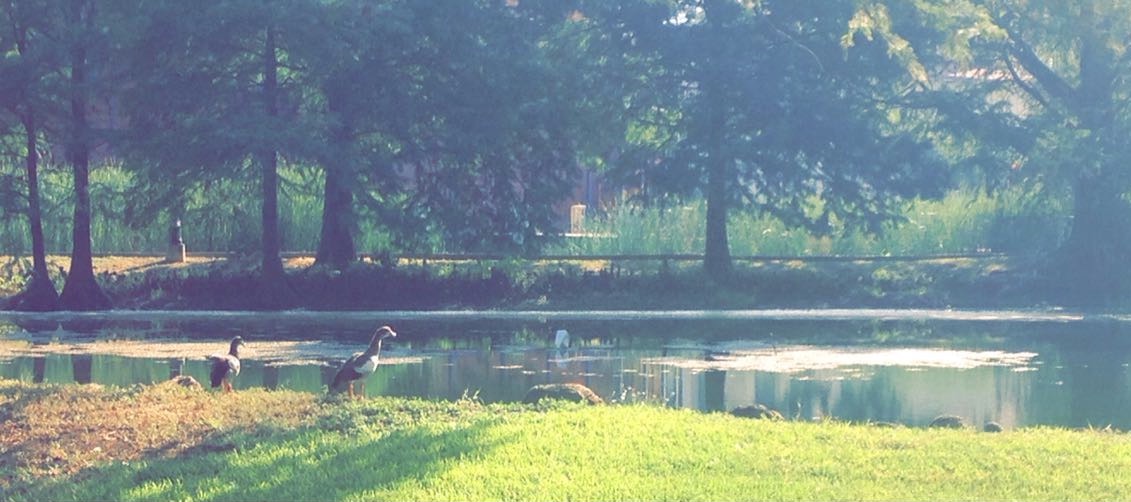Listeners:
Top listeners:
-
play_arrow
KTSW 89.9

Carlos Marquez
News Reporter
 Following the Memorial Day flooding, The San Marcos River and surrounding water habitat are continuing to be affected by the natural disaster. The Edwards Aquifer Habitat Conservation Plan has been monitoring the river, and have found several factors affecting the habitat. The San Marcos River was also affected by large debris flowing through the rivers, including sedimentary deposits and contaminants.
Following the Memorial Day flooding, The San Marcos River and surrounding water habitat are continuing to be affected by the natural disaster. The Edwards Aquifer Habitat Conservation Plan has been monitoring the river, and have found several factors affecting the habitat. The San Marcos River was also affected by large debris flowing through the rivers, including sedimentary deposits and contaminants.
The Edwards Aquifer Habitat Conservation Plan has been cleaning out the river since the floods occurred, with members of the committee saying they’ve pulled out large garbage cans and other debris, which has also contributed to the ripping out of Texas Wild Rice and other aquatic plants within the area.
Water quality in the San Marcos River has also been affected by storm water runoff, with the release of natural contaminants and manmade contaminants. Historically, the groundwater of Edwards Aquifer has been considered high quality, but due to the increase in oils and other chemicals carried into the river by rainwater, the water quality has dropped significantly.
The Conservation Plan says that the biggest impact to the water has been the sedimentary deposits, where Edwards Aquifer Habitat Conservation Plan manager for San Marcos, Melani Howard states the sediment deposits are a result of stormwater runoff, saying “The biggest overriding component is sediment. The erosion of the creeks that run into the river, it brings a lot of sediment. So every time it rains, this has happened since time began, the river gets very turbid.”
The sediment Howard refers to begun to accumulate in the spring systems due to the installation of flood control dams, urbanization and natural processes on the natural environment. The accumulations have not only altered the river’s morphology, but also the natural flow pattern and sediment depositions around Texas Wild-Rice cause direct mortality by smothering or burying the plants. Howard says the Conservation Plan has begun clearing out the sediment from the river.
“As long as we can ensure that we control that turbidity, that we can use sediment containing practices like siltation and storm water detention ponds and we keep doing things like that, the river will be fine.
Howard also says the Edwards Aquifer Habitat Conservation Plan will continue to help the river recuperate. They’ll continue to add projects to plant different aquatic species that filter water, clean out river banks and add more endangered species like Texas Wild Rice and the San Marcos Salamander that keep the ecosystem balanced.
Share this:
- Click to share on Twitter (Opens in new window)
- Click to share on Facebook (Opens in new window)
- Click to share on Tumblr (Opens in new window)
- Click to share on Pinterest (Opens in new window)
- Click to share on Reddit (Opens in new window)
- Click to email a link to a friend (Opens in new window)
- Click to print (Opens in new window)
aquifer flooding river San Marcos water wild rice
Similar posts
This Blog is Propery of KTSW



Post comments (0)